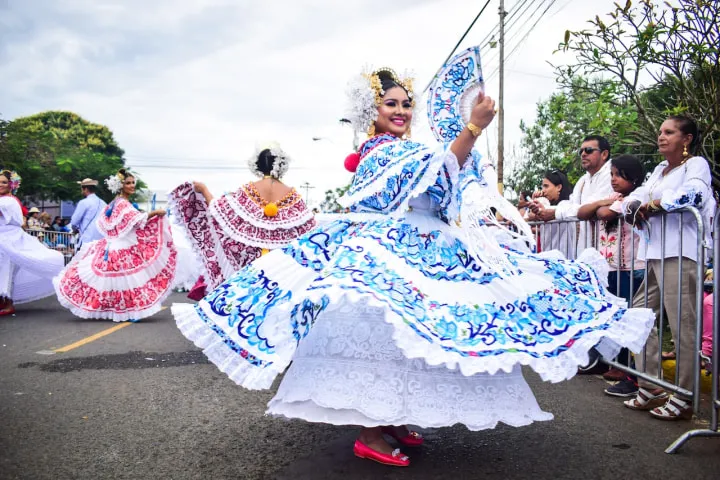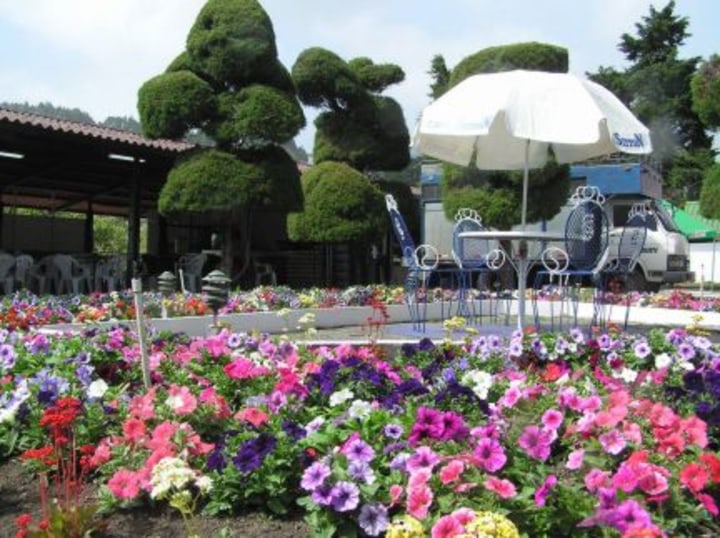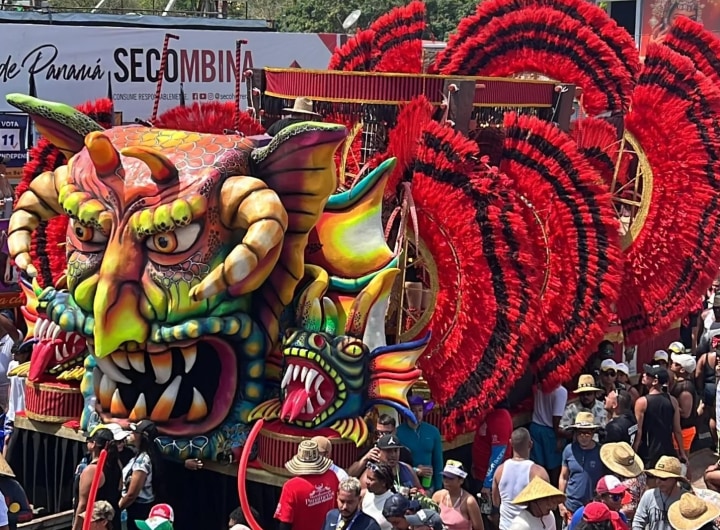What are the best festivals in Panama?

This is a very good question, Panama’s vibrant culture and rich heritage are showcased through its packed calendar of festivals, spanning from January’s outset to the closing days of December.
Each festival’s theme is different and unique. Some are folkloric, others are patriotic and even religious festivals, but each one has its own charm, and each one showcases the Panamanian culture in one way or another.
Choosing the best festivals in Panama can be a tricky task, due to the large number of festivals that take place and the high artistic quality and national significance of these festivals.
To make this selection, we have taken into account how well received the festivals were by panamanians themselves, as well as by expats, retirees and tourists who have witnessed them. Just as the best parties are those attended by many people, in the same way, the best festivals are those in which there is a high level of participation.
Tourists from all over the world are attracted by these festivals to visit Panama. Most of them are delighted by the cultural richness they get to experience, while getting in touch with the deepest roots of Panamanian culture during the festivals.
For these reasons, we thought it would be appropriate to select the festivals that, in our opinion, best represent all of Panama.
Before you read on, we would like to point out that the festivals we have included have not been ranked or listed from the best or most popular to the least attractive; rather, each of the festivals listed in this post is, in our opinion, the best in its categoryLabel.
Without further ado, in this post, we provide you with a list of the four best festivals in Panama and some very interesting details about these celebrations. Read to the end!

La feria de Flores y Café: a festival with a natural aroma
”La Feria de las Flores y el Café” (English: Flower & Coffee Fair) is held in the town of Boquete, which belongs to the beautiful province of Chiriqui. The celebration usually begins in mid-January and lasts for 10 days. In our opinion this is the most prestigious festival in Panama, with a significant national and international reputation.
The Flowers & Coffee Fair, chooses agriculture as the main theme of the festival. On one side, it exalts the beauty of the flowers, and on the other hand, it enhances the exquisite aroma and taste of coffee. This festival has given the town of Boquete a reputation as the “Valley of Flowers and Eternal Spring”.
During its 70 years of existence, the extent of the fair has been incredible. This year, it exceeded expectations, with more than 183,000 people attending, bringing in approximately 6 million dollars in economic revenue for the region. The organizers intend to keep the gardens open throughout the summer for flower lovers and coffee tasters.
Panama’s Independence Day: a celebration of freedom
November is celebrated as the Month of the Homeland in Panama, a time filled with historical milestones of great importance to its people. Key dates like November 28th, marking Independence Day from Spain in 1821, and November 3rd, commemorating the establishment of the Republic in 1903, stand as pivotal moments in the nation’s history.
Certainly, these aren’t the only monumental events in Panamanian history, but they are undoubtedly among the most significant. In the first event, Panama achieved independence from Spain, and in the second, it separated from Colombia, securing its sovereignty.
Cultural activities, military parades and all sorts of patriotic celebrations are held around these dates in the country. The scope is massive, as civilian, educational and, of course, military organizations are involved throughout the country.
The flag is also raised, and the national anthem is sung with pride. The streets are filled with local and typical food stalls and music. It is a day of remembrance and rejoicing for Panamanians, and is one of the political festivities with the biggest national scope.

Corpus Christi: an expression of Panamanian Catholic tradition
As the name suggests, this festival has its roots in religious traditions. However, its significance goes beyond that, reflecting a fundamental human sentiment and serving as a testament to Panama’s Catholic heritage.
Because of its importance and value for the Panamanian nation, Corpus Christi has been inscribed on the list of the Intangible Cultural Heritage of Humanity. This celebration blends Catholic traditions with street festivities, offering a communal experience that resonates with the masses.
On the eve of the feast, there is a performance illustrating the confrontation between the forces of light, led by the Archangel Michael, and the dark forces, led by Lucifer and his demons. The next day, the priest carries the host or bread of the Eucharist in a metal vessel, while masked teenagers dance around him to the music. This is known as a procession, and ends with the participants eating and drinking in their homes or in the streets.
Corpus Christi is celebrated throughout Panama, but the most popular festival is held in Villa de los Santos, situated in the province of the same name, in Panama’s interior. During several days in June, people not only from different regions of the country, but also from other regions of the world, are attracted to this celebration. Last year, artists from countries such as Brazil, Mexico, Nicaragua and Guatemala took part in the celebration.
There are many other festivals in the same category, but Corpus Christi is one of the most significant, not only because of its followers, who look forward to it year after year, but also because it has become part of Panamanian tradition and heritage.
The National Pollera Festival: a parade of multicolored costumes
For over 60 years, the National Pollera Festival has been a showcase for artisans and women from across Panama, displaying the finest in Panamanian attire. Known as polleras, these traditional garments, which are the national dress of Panama, typically consist of elaborate skirts and dresses adorned with vibrant colors and decorations.
During the festival, several competitions are held to reward the best parts of the folkloric attire, for example, the Camisilla or the Sombrero pintao.
This festival stands out as one of the most significant of its kind, a fact underscored by authorities designating July 22 as National Pollera Day. Moreover, the Panamanian pollera has been earning global recognition as the world’s finest traditional costume. Given these accolades, it’s clear why this festival is an essential highlight on our list.
The event has an incredible extent because it is able to attract more than 300,000 tourists and an estimated 15,000 women in traditional costumes. During these days, the streets of the city of Las Tablas, in the province of Los Santos, are filled with joy and music.
Can you imagine Panama without some of these festivities? It is definitely not possible! Each of them enriches the cultural legacy of the nation. Of course, we left out many other festivities of the Panamanian people, but it was impossible to cover them all.
We hope this list has been useful for you to learn more about Panama, its history and culture. Each celebration mentioned here represents the values and traditions of the country. What makes Panama and its people a unique nation in the world.
